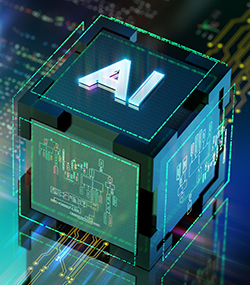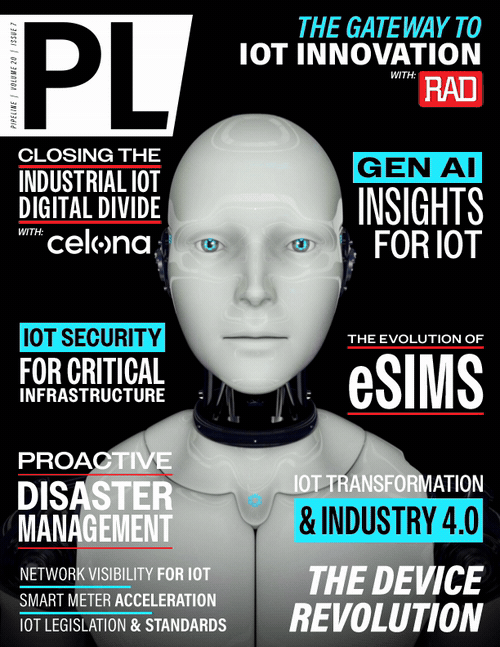GenAI Insights for IoT

IoT technology produces many different streams of data. AI is very good at finding patterns in what otherwise appears to be unrelated data. Applying AI to oceans of IoT-generated data is likely to produce new and valuable insights. Although there are significant questions about how this can best be done for the general good, such an application of GenAI is likely to become part of the emerging GenAI-driven paradigm.
Technology innovation follows a four-stage pattern: 1) denial; 2) implementation of the old paradigm with new technology; 3) emergence of a new paradigm, implementing the new technology in new ways; and 4) the next technology innovation.
GenAI/IoT is in Stage 2 today. One of the things GenAI/IoT will bring is the generation of valuable insights based on new combinations of data. (Stage 3.)
Historical Examples
It is sometimes helpful to look back at similar kinds of processes to understand what is likely to happen in the future. Below are three such examples that are helpful in anticipating GenAI/IoT.
First, when Cellular technology hit Stage 2, a relatively small number of cell phones were being used as desk top phones, but installed in a small proportion of cars instead of on desks. When Stage 3 began, and large numbers of people carried pocket phones, a new insight was created by the data thus created. Cellcos found they could tell when and where traffic jams were occurring from aggregating position and movement data of phones in their network.
Another cellular example involves earthquake alarming and mapping. Smart phones added accelerometers to measure footsteps, implementing a Stage 2 replication of a pedometer. As smart phones entered Stage 3, it was discovered that tying real time anonymized data delivered wirelessly to aggregation points from groups of smart phones could rapidly detect, alarm, and map earthquakes. This became a very important source of real time data for scientists and public safety organizations.
An example from another domain illustrates the ability to derive valuable insights from what appear to be unrelated data sources and sinks. A group of statisticians, mathematicians, and investment professionals found that they could predict financial market movements from publicly available information on Twitter. They took the complete output of Twitter for a day and came up with a measurement based on indications in Tweets of negative or positive emotions. When they found a predominance of positive, it predicted that markets would go up. Negative predicted that markets would go down.
IoT Data Today
Today IoT can be characterized as in late Stage 2. There are example implementations in homes, multimodal freight, factories, agriculture, military, and civil government.
Examples in the home domain include smart thermostats and video doorbells. (Unfortunately, the biggest users of data from those have been criminals seeking the best time to rob a home.) Multimodal freight has seen a growing use of sensors to track shipments and audit if promised conditions (e.g., heat, humidity, securement) have been met. Most of this data has not been transmitted online; rather, the data is stored and read at the receiving end merely for contract confirmation. Factory automation has been one of the more advanced adopters of IoT. But manufacturers are so concerned about IP theft that they typically don’t allow any data to leave the factory site, not even to go to corporate headquarters. Agriculture is using advanced versions of what many household irrigation systems use to measure such things as sun exposure and both air and soil moisture.
The military is another early adopter of IoT. There are autonomous weapons fielded by both sides in the battle space in Ukraine today. These systems collect data, which of course is closely guarded. It is also interesting to note that there have been reports of GenAI being used to identify targets for the IDF (Israel Defense Force) in Gaza. The reports indicate that the staff responsible for monitoring and curation of the GenAI output are evaluated not on the quality of the targets or number of expected civilian casualties, but rather on the number of targets delivered per unit of time. Here again the inputs to and outputs from the GenAI are tightly controlled.
There has also been a lot of talk about IoT in civil government, particularly when it comes to “Smart Cities.” But only a few pilot projects have actually been launched to date. Autonomous vehicles are traversing cities and generating lots of data, but there is little reported use of that data so far.



















